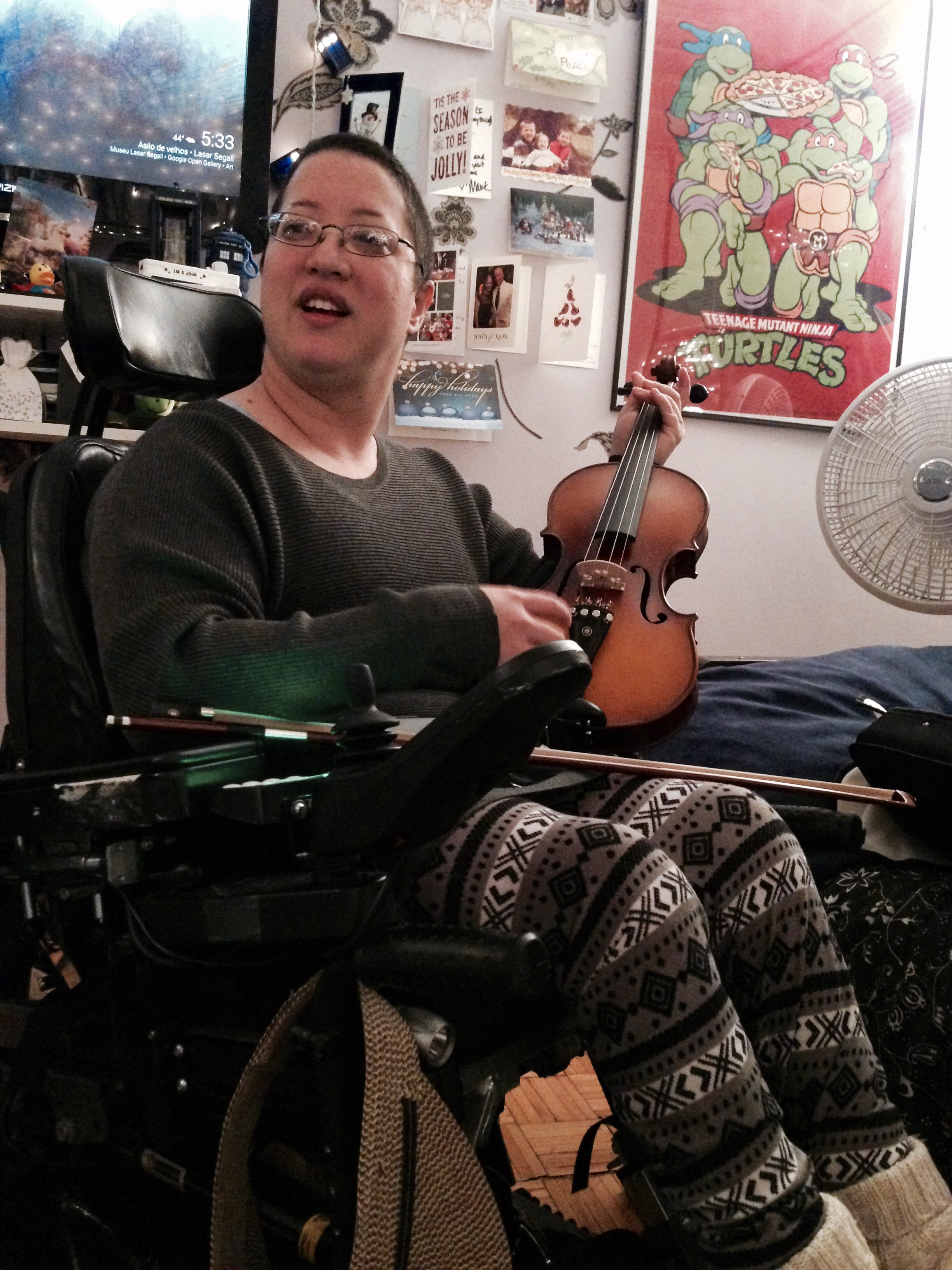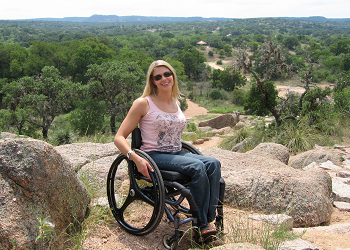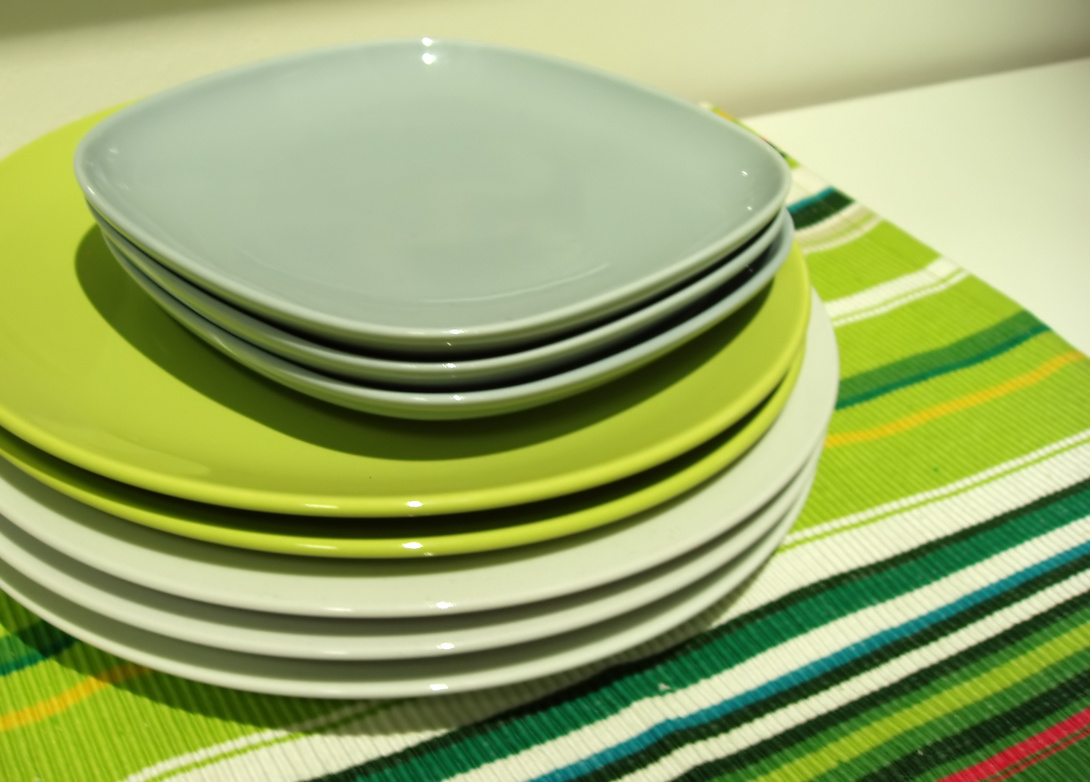Finding the right online tools to reach your weight-loss goals

I am a disabled woman and I always have been. I was born with cerebral palsy (CP) and have always used a wheelchair to get around.
CP is said to be non-progressive, meaning it isn’t supposed to get “worse.” But people with CP know that when you are aging in a developmentally different body, you exert more energy and experience more wear and tear than if you had a “normal” body.
Some reports suggest that individuals with CP may use up to three to five times the amount of energy that able-bodied people use when they walk and move about. All this is to say, I’m tired.
I haven’t been walking around like many of my fellow “ceeps,” but at 35 years old fatigue is part of my daily life. This has become more evident over the last six years as I have taken on caregiving duties for my more significantly disabled partner.
Among people with CP, there are tales of a phenomenon called “palsy skinny.” Where due to the extra energy we use, those with forms of CP that have high muscle tone and regular spasticity maintain naturally slim bodies throughout their lives.
This isn’t always the case.
I have always been fairly petite. I never grew to be more than 5 feet tall. I have small hands, short limbs affected by a lack of weight bearing and walking, and osteoporosis to go with it. There was simply a point at which I had to accept that, like most women, I would gain weight as an adult, and this was normal and acceptable, though difficult.
No one wants to accept that they’ve gained weight. Who wants to accept that as they age, it will be harder to combat their weight gain, especially when they don’t have the ability to move around. I sure haven’t wanted to.
Being able to connect with others in similar situations, through opportunities like the GoWoman Weight Management program, and elsewhere online, reassures me that I’m not alone. There are others like me who want to find a balance between genuine self-acceptance (and even disability pride) and the kinds of health-based weight and body goals I would like to pursue.
With varying degrees of success (or, none at all) I’ve looked into several ways to help me track and learn more about what’s right for me. I’ve explored nutritional management via MyFitnessPal. I’ve tried seated workout videos and more structured online exercise programs for people with mobility impairments. When time and energy permit, I’ve attended (rare and hard to find) disability-oriented fitness programs in my local community. I have also, mostly successfully, transitioned to a mostly-vegan diet with substantial help from savvy friends and personal care assistants.
I am glad these things exist for me to try on my own time. I also recognize the need for more of them throughout our online and local communities, because the wellness and fitness needs of people with disabilities are too often ignored.
But most of all, I recognize the need we all have to give ourselves time and space. Folks with disabilities need to find what works and doesn’t work for ourselves. We can learn to accept our bodies as they are, even if they are considered “unfit” or “unwell.” As we change, we can also explore ways to enhance or preserve physical function and practice physical self-care.
It’s an ongoing journey for most of us. It is one that I am going to keep moving forward with, no matter how slowly. Even if I stray from the path, I know it’s up to me to decide which way I go next.
Additional Resources
Learn more about Cerebral Palsy
Read more stories from the GoWoman community
-By Alejandra Ospina, guest blogger and member of the GoWoman Community Advisory Board




Pingback: Keep it safe while breaking a sweat - Baylor College of Medicine Blog Network